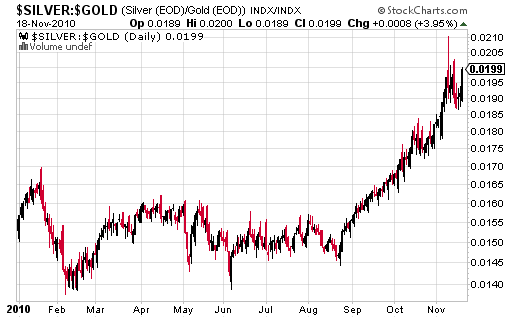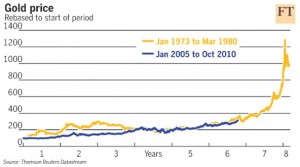Home » Posts tagged 'asset bubble'
Tag Archives: asset bubble
No hard landing for China, or is it?
Here I included two pieces to address the question whether China will have “hard landing” or not. Hard landing is a fancy phrase to describe the situation when government tries control high inflation, it slams on the brake to dramatically slow down the economy, often leading to the outright recession. In China’s case, a hard landing, along with rising interest rate, may trigger the burst of the housing bubble.
The first piece is by Stephen Roach, former Chief economist, and Asian Chairman at Morgan Stanley, now a professor at Yale University. The second piece is a recent interview of Jim O’Neill, Chairman of Goldman Sachs’ Asset Management (or GSAM). Both are leading authorities on Chinese economy.
Roach took a big-picture view, and argues China is more likely to have a soft landing, not hard landing.
China’s economy is slowing. This is no surprise for an export-led economy dependent on faltering global demand. But China’s looming slowdown is likely to be both manageable and welcome. Fears of a hard landing are overblown.
To be sure, the economic data have softened. Purchasing managers’ indices are now threatening the “50” threshold, which has long been associated with the break-even point between expansion and contraction. Similar downtrends are evident in a broad array of leading indicators, ranging from consumer expectations, money supply, and the stock market, to steel production, industrial product sales, and newly started construction.
But this is not 2008. Back then, global commerce was collapsing, presaging a 10.7% drop in the volume of world trade in 2009 – the sharpest annual contraction since the 1930s. In response, China’s export performance swung from 26% annual growth in July 2008 to a 27% contraction by February 2009. Sequential GDP growth slowed to a low single-digit pace – a virtual standstill by Chinese standards. And more than 20 million migrant workers reportedly lost their jobs in export-led Guangdong province. By late 2008, China was in the throes of the functional equivalent of a full-blown recession.
Thanks to a massive fiscal stimulus, China veered away from the abyss in early 2009. But it paid a price for this bank-funded investment boom. Local governments’ indebtedness soared, and fixed investment surged toward an unprecedented 50% of GDP. Fears surfaced of another banking crisis, the imminent collapse of a monstrous property bubble, and runaway inflation. Add a wrenching European crisis to the equation, and a replay of 2008 no longer seemed far-fetched.
While there is a kernel of truth to each of these China-specific concerns, they do not by themselves imply a hard landing. Nonperforming loans will undoubtedly increase in response to the banking sector’s exposure to some $1.7 trillion of local-government debt, much of which was incurred during the stimulus of 2008-2009. But the feared deterioration in loan quality is exaggerated.
Jim O’Neill Interview (courtesy of CNBC): He thinks the chance for a hand landing is very slim.
Update 1 (Oct. 30, 2011):
Jim Chanos share his recent view on China – he continues to short China’s banking sector and real estate developers. He believes Chinese banking system just started to have cracks; there is more to come.
Silver – poor man’s gold
Year to date, silver price has increased by over 50%, and gold by more than 20%. The out-performance of silver relative to gold is a good indicator that gold bubble is entering a new stage, where retail investors poured in and started to grab the alternative to gold , i.e., silver, at a much cheaper price. In essence, silver has become ‘poor man’s gold’. Gold ETF (GLD) is traded around $130, while silver ETF (SLV) is traded around $25.
(click to enlarge)
The out-performance of silver started to kick in right around the Fed’s announcement in late August of their intention to ease monetary policy further. To show this, the following chart looks at the relative price between silver future contract and gold future contract, YTD.
Gold bubble forming
I have been bullish on gold since I expected the Fed could never get the timing of exit (from the current easy monetary policy) right.
With another round of money-printing or QE2 from the Fed, gold price has been soaring in recent weeks. FT compares the surge of gold to the past asset bubbles. The crude comparison seems to indicate that gold is now in its early bubble-forming stage.
(click on the graph to play)
Like every asset bubble, the time of reckoning will eventually come. It’s fool’s game trying to get the timing right, however.
Now it has become more clear that the Fed’s super easy monetary policy is in the process of creating at least two bubbles in the world – first the gold, second is the bubble in emerging markets – remind me of Latin America crisis in 1990s.







